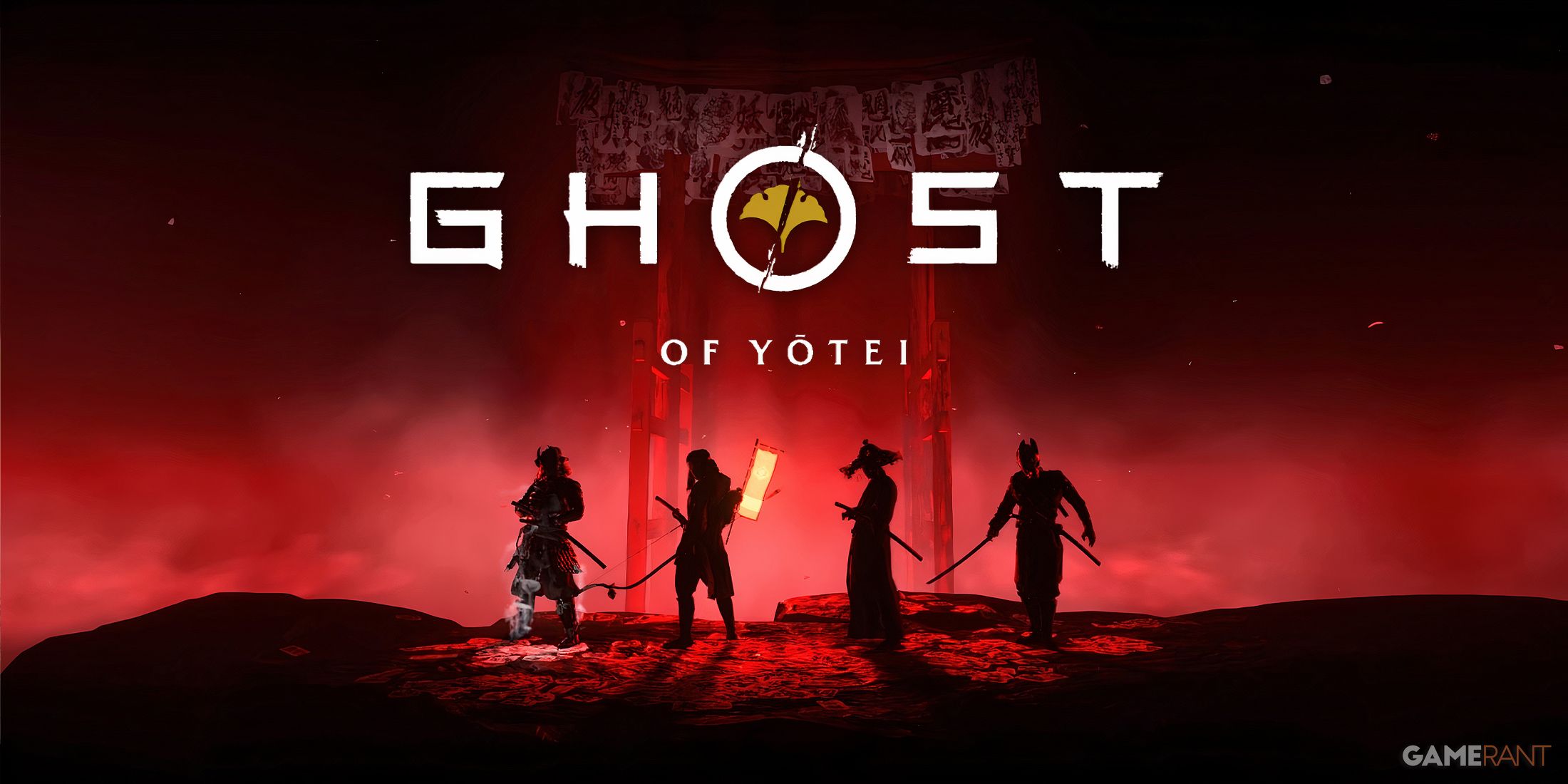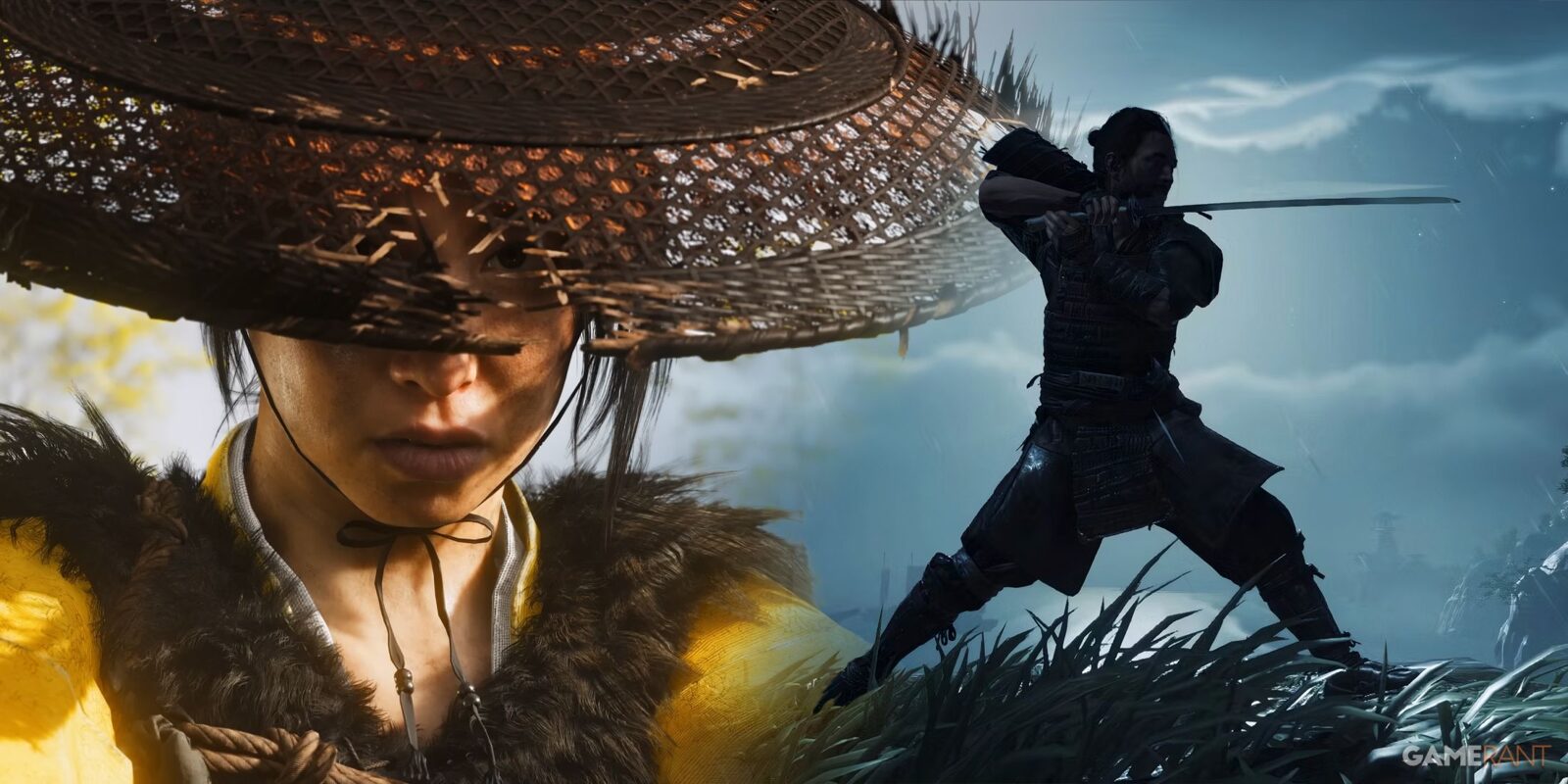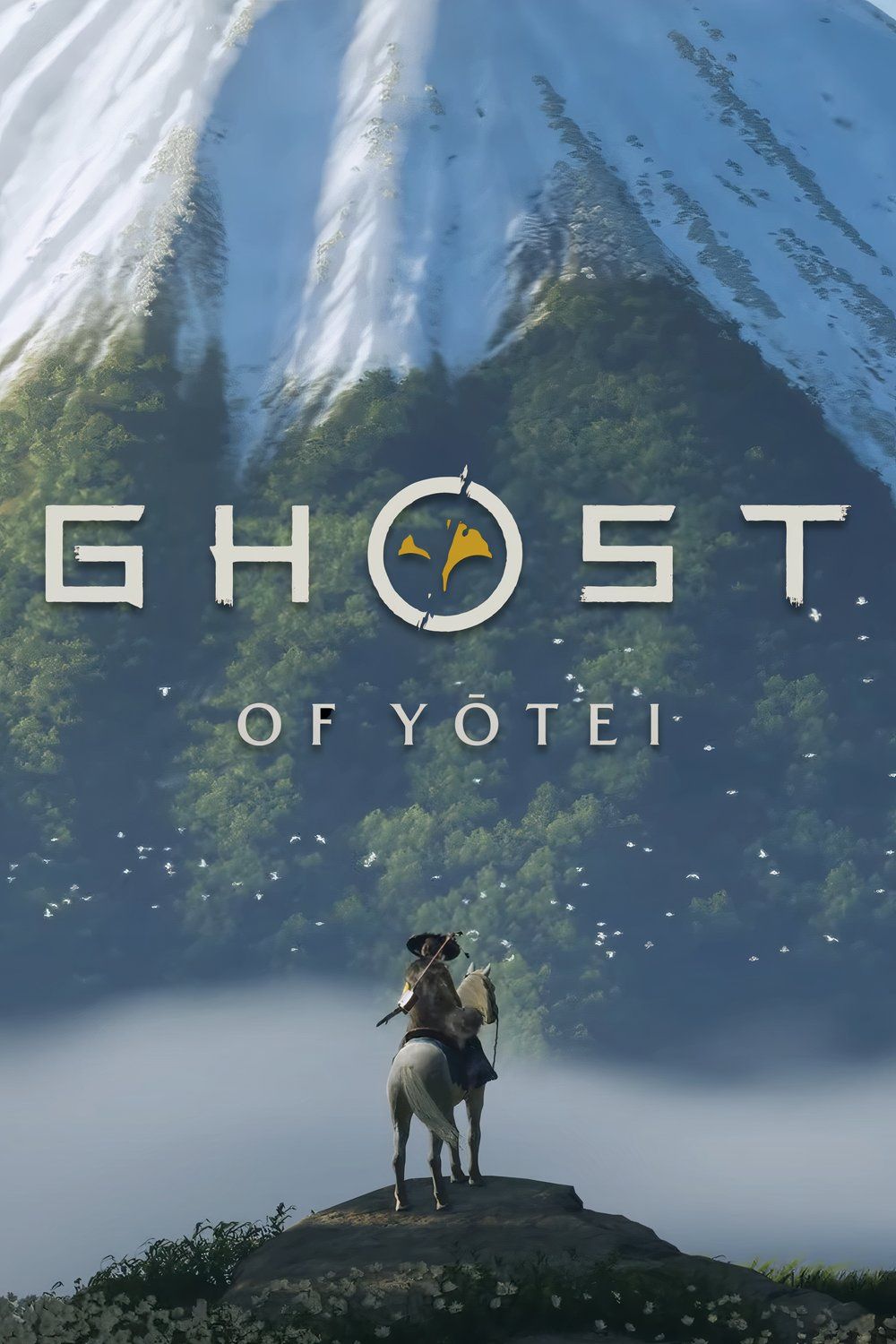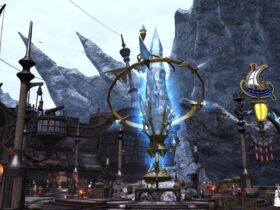Summary
- Ghost of Yotei focuses on the concept of the Ghost rather than one character like Jin Sakai.
- Atsu, a female ronin in 1603, faces societal complexities Jin did not in feudal Japan.
- Atsu’s quest for vengeance adds moral ambiguity and narrative complexity surpassing Jin’s journey.
While a direct sequel to Ghost of Tsushima starring its protagonist, Jin Sakai, might have been an ideal direction for the series to go in some respects, it is nevertheless headed the way of a full-blown franchise dedicated to the concept of the Ghost rather than one character, with Ghost of Yotei leading the charge as the first game to lay down that road. Jin Sakai has undoubtedly proven to be a noteworthy protagonist in many ways, driven by a past filled with regret and a future fueled by a strong desire to protect his loved ones at all costs, even if it means sacrificing his morals to do so.
Jin’s past, combined with his present and future, work together to make him a very complex and layered protagonist, which is largely why leaving him behind in exchange for the Ghost as a concept has been so difficult. Jin’s story in Ghost of Tsushima shows the struggle between honoring tradition and doing what is necessary, in addition to other complex elements, such as his precarious relationship with his uncle, Lord Shimura. However, Jin’s story didn’t necessarily push every boundary of character development, and Ghost of Yotei‘s Atsu already looks primed to do just that, possibly making her an even more complex protagonist than her predecessor.

Related
Ghost of Yotei Could Do a Lot With One Legends Feature
While Ghost of Tsushima’s Legends mode was an optional multiplayer mode, Ghost of Yotei’s main story could do a lot with one of the mode’s features.
Atsu’s Complexity in Ghost of Yotei May Outshine Jin’s
Atsu’s Status as a Female Ronin Automatically Complicates Things for Her
The most obvious difference between Ghost of Tsushima‘s Jin and Yotei‘s Atsu is that the former is a male protagonist, whereas the latter is a female protagonist. This immediately sets Atsu apart from Jin and increases her complexity, as it offers an entirely different perspective on the rigid gender roles in feudal Japan. In 1603, when Ghost of Yotei is set, women in samurai roles, known as “onna-musha,” certainly existed, but they were more the exception than the norm.
More often than not, women in feudal Japan filled defensive roles, tasked with protecting their homes and families while men went to war. Samurai women were also expected to prioritize domestic responsibilities, like managing their households, raising their children, and being a reliable support system for their husbands. In other words, Japanese society during the Edo Period was significantly patriarchal, with women at that time expected to be more submissive and modest, making martial prowess increasingly less appropriate for them.
In 1603, when Ghost of Yotei is set, women in samurai roles, known as “onna-musha,” certainly existed, but they were more the exception than the norm.
In light of this, things may automatically be complicated for Atsu in Ghost of Yotei more than they were for Jin in Ghost of Tsushima, depending on who she crosses paths with. It’s possible players might witness the struggles she goes through as a female warrior in a male-dominated society, and it could even directly affect gameplay. Since Ghost of Yotei has been confirmed to prioritize player choice more than Ghost of Tsushima did, perhaps players will be required to find creative ways to infiltrate relationships and gain the respect and loyalty of men who might not initially take Atsu seriously.
On top of being a female protagonist, Atsu is a ronin, which could also lead to increased complexity in her character. Unlike Jin, who is the last surviving member of Clan Sakai and therefore an important figure on Tsushima Island, Atsu being a ronin means she is likely an outcast, stripped of the social structure and honor tied to the samurai code. While Jin was isolated for a time in Ghost of Tsushima, Atsu’s isolation is likely to be far more prominent, meaning she may have to work much harder at forging relationships with others than Jin ever did.
Jin’s last name was effectively an open door for many of the relationships he formed during Ghost of Tsushima‘s story — a luxury that Atsu doesn’t seem to have.
Atsu’s Story of Vengeance Suggests a More Layered Narrative
Something else that may add another layer of complexity to Atsu’s character in Ghost of Yotei is her quest for what Sucker punch says is one of “underdog vengeance.” Obviously, her role as a ronin in feudal Japan automatically makes her an underdog, but it is her quest for vengeance that may ultimately complicate things for her even more. Most vengeance stories are enveloped in moral ambiguity, as they are often depicted as morally gray acts of violence that are often not worth it in the end. Although Jin’s decision to become the Ghost in Ghost of Tsushima was considered morally gray for him, it was still for a noble purpose. Atsu’s quest for vengeance, on the other hand, may be anything but noble.
Atsu’s journey in Ghost of Yotei looks primed to challenge the narrative foundations laid by Jin Sakai in Ghost of Tsushima, expanding the scope of what a Ghost can be. While Jin’s story in Ghost of Tsushima revolved around a conflict between honor and necessity, Atsu’s narrative introduces layers of complexity tied to her identity as both a woman and a ronin, facing societal expectations, potential isolation, and the moral ambiguity of vengeance. This shift doesn’t just lay the groundwork for a protagonist who faces external battles, but also one whose internal struggles may outshine her predecessor’s in the end.














Leave a Reply